Picture: Drain with buried pipe or dry creek bed???
cinnaman
18 years ago
Featured Answer
Sort by:Oldest
Comments (22)
nativenut
18 years agocinnaman
18 years agoRelated Professionals
Hyattsville Landscape Architects & Landscape Designers · Buford Landscape Contractors · Belmont Landscape Contractors · Brownsville Landscape Contractors · Davis Landscape Contractors · Hoover Landscape Contractors · Lemoore Landscape Contractors · Long Beach Landscape Contractors · Plantation Landscape Contractors · San Carlos Park Landscape Contractors · Bensenville Landscape Contractors · King of Prussia Decks, Patios & Outdoor Enclosures · Portland Decks, Patios & Outdoor Enclosures · Folsom Swimming Pool Builders · Forney Swimming Pool Builderskarinl
18 years agocinnaman
18 years agonativenut
18 years agoWoody_Canada
18 years agoBrent_In_NoVA
18 years agocinnaman
18 years agonandina
18 years agomad_gallica (z5 Eastern NY)
18 years agoredneckgardener
18 years agocarser
16 years agograciesmom284
16 years agoSaypoint zone 6 CT
16 years agocynandjon
16 years agograciesmom284
16 years agograciesmom284
16 years agofoozed
16 years agojenninok
16 years agoDYH
16 years agogardenbrat72
16 years ago
Related Stories

LANDSCAPE DESIGNDitch the Ordinary Ditch: Create a Realistic Dry Creek Bed
Here’s how to turn your water runoff system into an eye-catching accent for your landscape
Full Story
BATHROOM DESIGNHow to Choose the Best Drain for Your Shower
Don't settle for a cheap fix when you can pick a shower drain that suits your style preferences and renovation codes alike
Full Story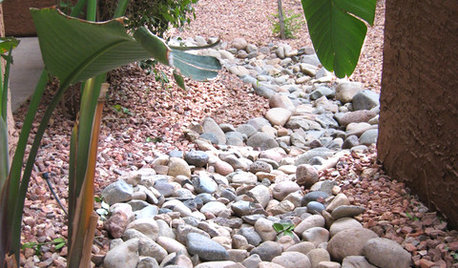
GARDENING AND LANDSCAPINGDry Riverbeds Solve Water Runoff
Spring rains don't have to lead to slides. Dry riverbeds redirect water runoff and add beauty to your landscape
Full Story
LANDSCAPE DESIGNGarden Walls: Dry-Stacked Stone Walls Keep Their Place in the Garden
See an ancient building technique that’s held stone walls together without mortar for centuries
Full Story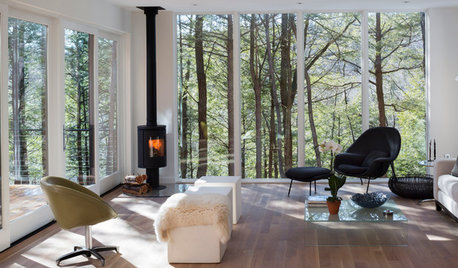
MODERN HOMESHouzz Tour: Creek Views Star in a Modern New York Home
Natural materials, all-white interiors and generous windows put the focus on forest and water in this weekend home for a family
Full Story
LANDSCAPE DESIGNHow to Move Water Through Your Landscape
Swales, underground pipes or a mix of both: There’s more than one way to distribute water in the garden
Full Story
FARM YOUR YARDHow to Build a Raised Bed for Your Veggies and Plants
Whether you’re farming your parking strip or beautifying your backyard, a planting box you make yourself can come in mighty handy
Full Story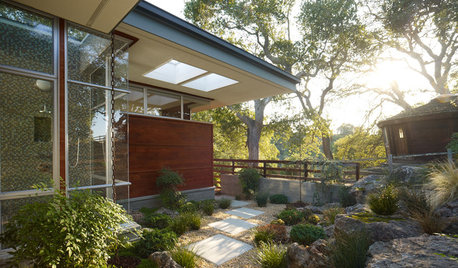
LANDSCAPE DESIGNSoak It Up: How to Manage Stormwater in Your Landscape
Permeable paving, gravel beds and planted areas in your yard can absorb and cleanse stormwater runoff. Here's how it works
Full Story
BEDROOMS13 Simple Steps to a Perfectly Made Bed
Drift off to dreamland in a delightfully soothing, artfully dressed bed worthy of a posh hotel
Full Story
BATHROOM DESIGNConvert Your Tub Space Into a Shower — Waterproofing and Drainage
Step 4 in swapping your tub for a sleek new shower: Pick your waterproofing materials and drain, and don't forget to test
Full Story





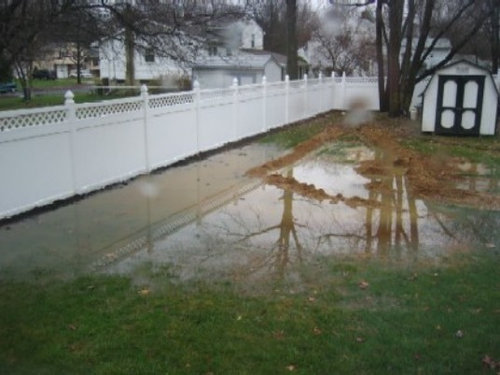
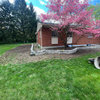
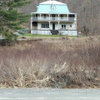


Saypoint zone 6 CT